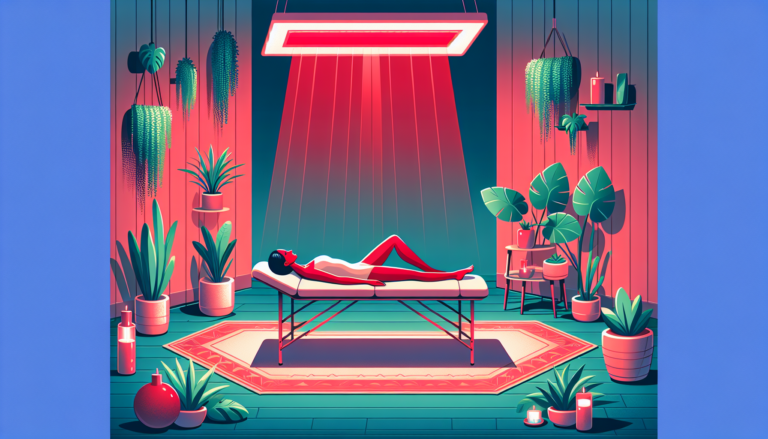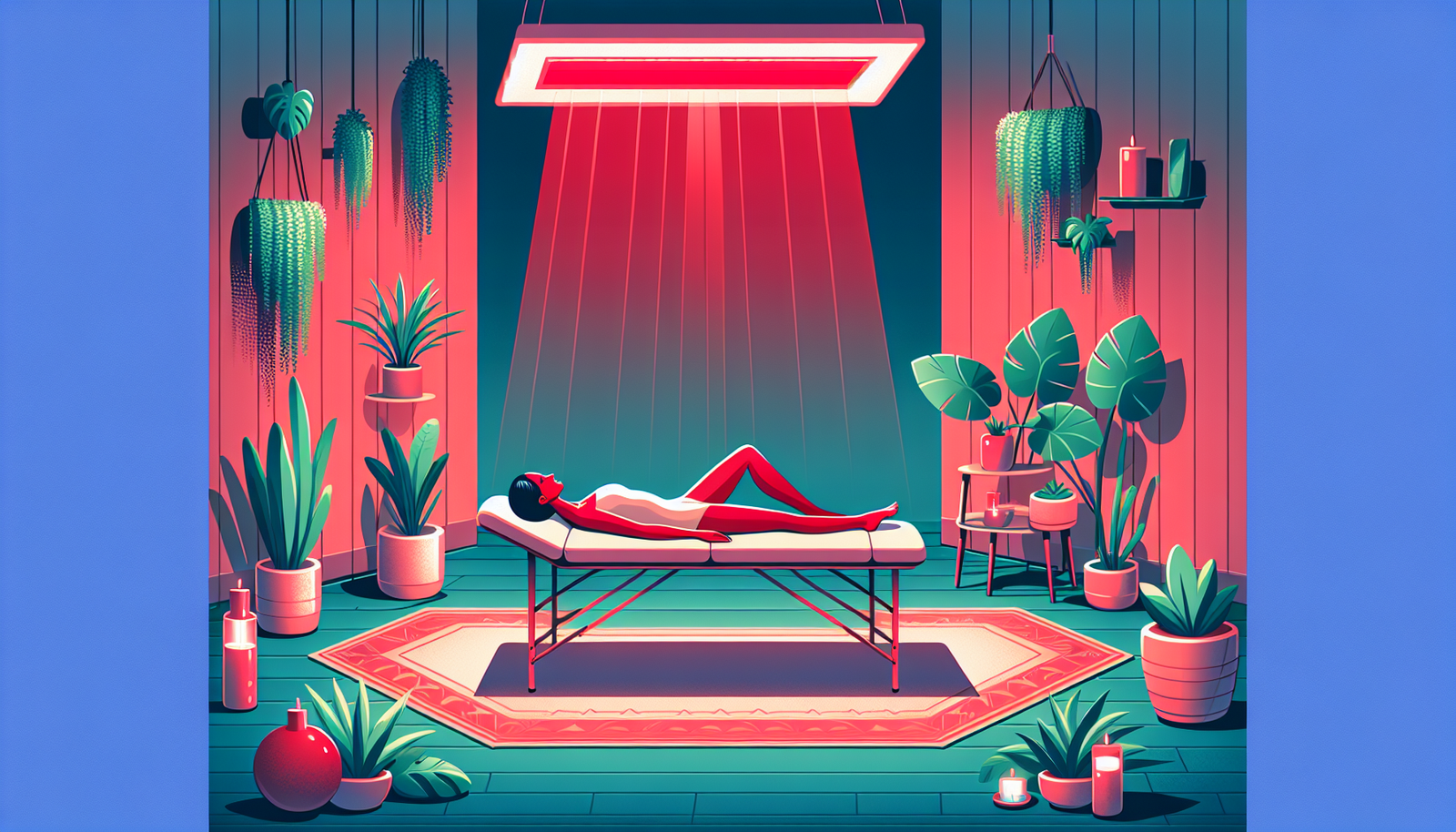Understanding Alternative Health Treatments
Alternative health treatments have gained significant popularity as more individuals seek natural and holistic approaches to enhance their well-being. These modalities often complement traditional medicine and can offer a range of benefits, addressing various physical and emotional health concerns. Among these treatments, red light therapy has emerged as a powerful option that is widely recognized for its potential healing properties.
What is Red Light Therapy?
Red light therapy (RLT), also known as low-level light therapy (LLLT), involves exposing the skin to low levels of red or near-infrared light. This scientific technique utilizes light-emitting diodes (LEDs) to penetrate the skin and stimulate cellular activity. It is primarily employed to improve skin health, accelerate wound healing, reduce inflammation, and relieve pain.
RLT devices work by encouraging the mitochondria in your cells to produce more ATP (adenosine triphosphate), which in turn generates more energy for the cells. This enhanced energy production can lead to improved healing processes and tissue regeneration.
How to Use Red Light Therapy
Using red light therapy at home has become increasingly accessible with the availability of various light therapy devices. Light therapy panels and red light therapy lamps are popular choices for individuals looking to incorporate this treatment into their routines. To use red light therapy effectively, follow these steps:
1. **Choose a Light Therapy Device**: Determine whether you prefer a light therapy panel or a handheld red light therapy lamp. Panels typically cover larger areas, while hand-held devices are ideal for targeted treatments.

2. **Determine Treatment Areas**: Identify the areas you wish to treat, whether it’s your face for anti-aging benefits or areas of the body for pain relief.
3. **Set Time and Distance**: Position yourself at the recommended distance from the light therapy device, typically between 6 to 12 inches away. Treatment times generally range from 10 to 20 minutes, depending on the intensity of the device and the area being treated.
4. **Consistency is Key**: To observe optimal results from red light therapy, it’s essential to use the device consistently. Many users incorporate RLT into their daily self-care routines.
Exploring the Benefits of Red Light Therapy
The benefits of red light therapy are diverse and well-documented. Here are some of the primary advantages:
– **Skin Health**: One of the most notable applications of red light therapy is its effectiveness in rejuvenating the skin. Clinical studies have shown it can help reduce wrinkles, improve skin tone, and enhance overall radiance.
– **Pain Relief**: Many individuals find relief from chronic pain conditions, such as arthritis or muscle soreness, through the application of infrared LED red light therapy. It has anti-inflammatory properties that contribute to pain reduction and recovery.
– **Wound Healing**: RLT accelerates the healing process for wounds and injuries by promoting tissue repair. It is often used in sports medicine to facilitate quicker recovery from injuries.
– **Hair Growth**: Some research suggests that red light therapy can stimulate hair follicles, promoting hair growth in individuals experiencing thinning hair or alopecia.
– **Mood Enhancement**: Exposure to certain wavelengths of red light has been found to positively affect mood and may alleviate symptoms of seasonal affective disorder (SAD).
The Science Behind the Effect of Red Light Therapy
The effect of red light therapy has been the subject of numerous studies. Research indicates that red and near-infrared light stimulate a series of biological processes at the cellular level. This is believed to activate signaling pathways that lead to increased circulation, reduced inflammation, and enhanced healing capabilities.
The science underscores the value of red light therapy in various applications, from aesthetics to rehabilitation. Each wavelength offers specific benefits, and an understanding of this can help individuals decide which type of treatment aligns best with their goals.
Choosing a Light Therapy Device
When considering how to buy red light therapy devices, it’s essential to research and evaluate options based on your needs. Here are some factors to consider:
1. **Wavelength**: Different devices emit different wavelengths. Look for devices that produce light in the range of 600 to 650 nanometers for red light therapy and 800 to 850 nanometers for near-infrared light.
2. **Intensity**: The output of the device (measured in milliwatts) will determine how effective the therapy will be. Higher intensity generally leads to faster and more significant results.
3. **Portability**: If you intend to use red light therapy at home, consider how easy it will be to use. Home devices come in various sizes, from compact handheld units to larger panels.
4. **Reviews and Feedback**: Examine testimonials from other users to assess the effectiveness of the device. Look for clinically supported data to gauge performance and safety.
Final Thoughts on Red Light Therapy
As an alternative health treatment, red light therapy is gaining momentum for its potential benefits on various aspects of health. Whether you’re seeking skin rejuvenation, pain relief, or enhanced mood, RLT offers a multifaceted approach to wellness.
Finding the right light therapy device at home is a crucial step in ensuring that you achieve the desired results. By understanding how to use red light therapy and its underlying principles, you can seamlessly integrate this innovative treatment into your health routine, providing a natural option for enhancing your well-being in an increasingly busy world.
The integration of alternative health treatments, such as red light therapy, represents a shift toward a more holistic approach to health. As you explore these options, it’s always advisable to consult with a healthcare professional to ensure they complement your existing health plans. Your journey to improved health and vitality could very well start with the warm glow of red light.
*These statements have not been evaluated by the Food and Drug Administration. These products are not intended to diagnose, treat, cure or prevent any disease.
